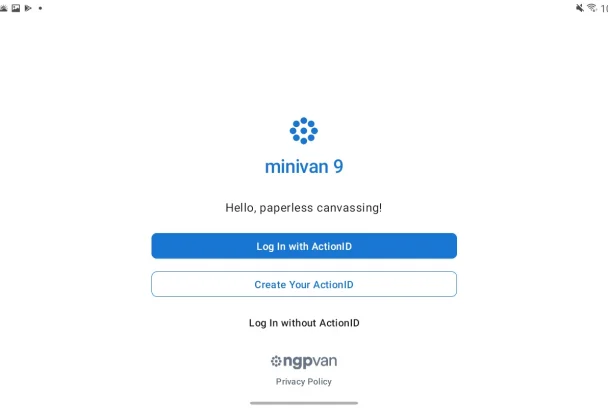APK Extractor & App Analyzer

- Updated
- Version 1.8.3
- Requirements Android 7.0+
- Genre Apps / Tools & Utilities

APK Extractor & Analyzer was built for Android to turn the task into a quick, single-tap activity that does not require any elevated device permissions, offering a noticeable simplification for users with restricted device resources or for those who value precise results or wish to examine software structure closely. It streamlines a job that has long been a pain. Whether you transfer software to a new device, create a personal software collection, or examine app architecture in professional workflows, managing APK files is made less complicated through this utility’s interface, and unnecessary user complications have been taken out by design.
Both user-installed and system-level applications can be handled by APK Extractor & Analyzer, with an exact copy of each being generated as an APK file— these can then be saved, moved, or placed back on the device later, depending on the actual state. Integrity between versions is maintained by changing where extracted files are stored; on devices running Android 10 or later, files will appear in the Downloads folder, and the Application folder is used instead. Extraction is performed using Wi-Fi Direct, so physical connections are no longer required, and original file integrity is preserved throughout the process. On top of backup support, an advanced analysis tool was integrated, making it possible to see technical details such as permissions used, available activities, running services, broadcast receivers, and information about Android OS. A user can carry out professional testing or monitor a sequence of user steps, and a broad set of application structures are included within the scan’s scope.
Technical capabilities and analysis depth
The analytical engine examines a range of program metadata by being applied not just to the surface-level binary or the minimum SDK but at multiple signatures that are bound to each application package, creating robust datasets for scrutiny and grouping. Applications can then be grouped by these parameters so it becomes straightforward for users to find outdated software, determine how apps were installed, or point out compatibility matters prior to any updates. Even more complex XAPK packages are handled, allowing analysis to focus on extra asset or OBB files bundled alongside the main binary. Because of this breadth, the tool can be considered particularly versatile for large device collections or for system administrators who are responsible for keeping numerous devices organized.
Cross-platform compatibility and workflow integration
Compatibility has been expanded to encompass Android 7.0 and above, which covers the vast majority of devices currently active within the user base, and this has allowed the avoidance of potentially risky root modifications that might otherwise void device warranties or lead to security holes. After this update has been installed, due to the extensive changes achieved, devices should return to their original, protected state from the manufacturer. Wireless transfers of files between devices are used, and migration to new hardware is possible, enabling app movement at a higher speed than either old-fashioned cable connections or standard cloud backup options. Rather than saving extracted APKs in hidden system folders, smoother integration with the normal Android file management workflow has been implemented so files are where users assume to find them. Support for cross-platform operations is also present, enabling data movement to PCs; however, the main focus here is on Android, where the remainder of the tool's performance remains most dependable. PC transfers are offered but were not selected as the most common usage scenario. Seamless operation for the majority of users is provided by staying within familiar system conventions, and by structuring the process in this way.
Limitations and target audience considerations
The app performs its primary functions with competence, offering reliable operation. However, APK modification and binary XML decompilation at a granular level are not present. Therefore, individuals who need functions similar to advanced reverse-engineering might be required to combine apps. Additionally, the scope of the full feature set is restricted, and users on devices with Android before version 7.0 won't have access to everything provided. Feedback from users has been provided in limited quantities, making the appraisal of performance on custom Android systems more complicated to determine. Calls for extra verification to gain a full view of stability. App developers that analyze competitor software, digital collectors organizing extensive app libraries, power users focused on building backup strategies, and system administrators managing enterprise deployment. Appback provides tools for app analysis and structured management, and serves different users for various organizations and technical environments. Simple app backup solutions might be too much for casual users. App developers and technical specialists often prefer the software: its ability to distinguish itself from basic extraction tools can be observed as a significant feature. Even with the many functions it supplies, casual users can still accomplish what they need.



















No comments yet :(